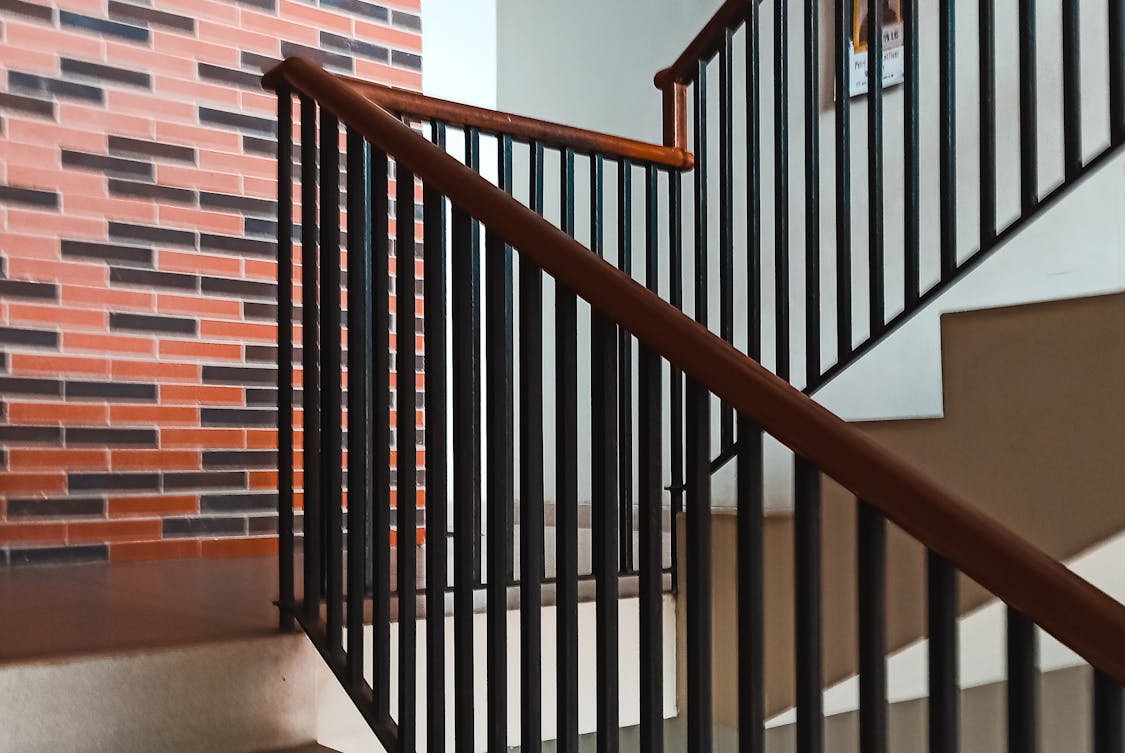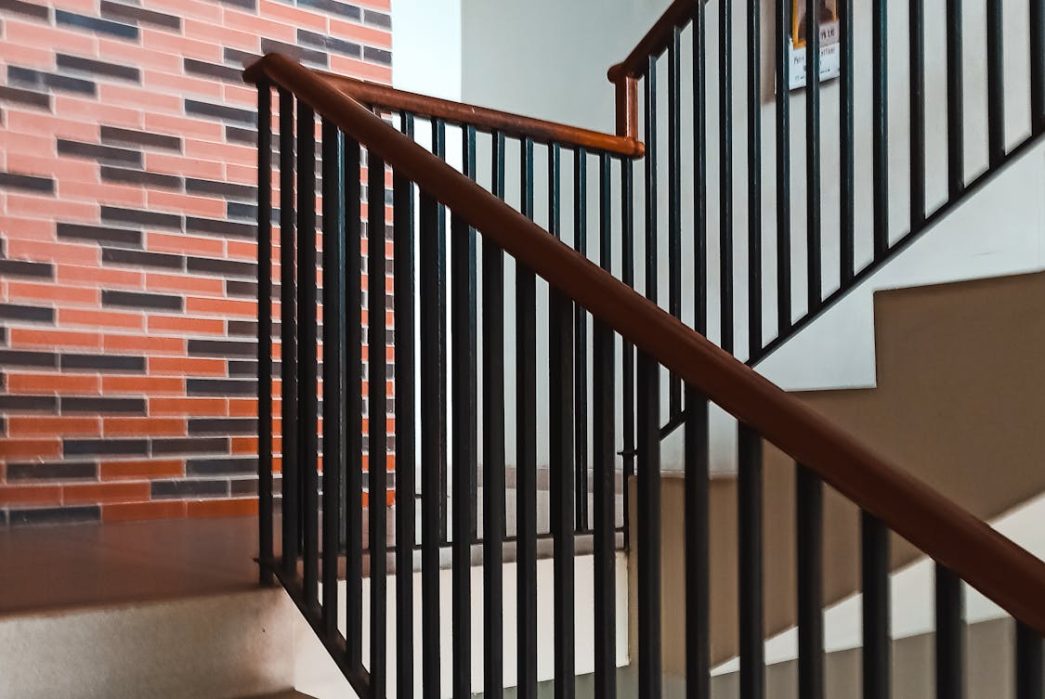Upgrading stair railings can feel like a small tweak or a major home project, and many owners weigh whether the effort pays off. Railings affect safety, curb appeal, daily use and the budget in ways that matter long term.
Below are practical factors to help sort the pros and the trade-offs when looking at new rail work.
Cost Versus Value
New rail systems range from modest budget fixes to higher-end creations that read like scale models of a room’s style. The sticker price for materials and labor is only one line in the ledger; permit fees, removal of old components and any stair repair add extra dollars and time.
Homeowners often weigh resale lift against upfront outlay, hoping that a smart choice will pay back in quicker sales or stronger offers. If you want a rule of thumb, think long term: good rails can protect against accidents and can sharpen a buyer’s first impression, which means they put value where it counts.
Design Options And Materials
Choices include wood, metal, glass, cable and mixed materials, and each has its own look and care needs. Wood gives warmth and can be stained or painted to match trim, while metal tends to offer thinner profiles and a sleek, modern vibe.
Glass panels open sight lines and let light pass, though they show fingerprints and call for regular wiping; cable rail gives a lodge-meets-modern feel that many like. Pick material by matching use, budget and cleaning tolerance so the final look feels right for daily life.
If you’re planning to enhance both safety and aesthetics, consider exploring custom handrails cedar park, tx for options that balance craftsmanship and long-term value.
Safety And Building Codes
Railings exist to stop falls and guide traffic, which puts codes near the top of the checklist for any serious project. Local code covers height, spacing between balusters, handhold size and load capacity, and inspectors will want evidence that the new work meets those rules.
Installing to code matters for both daily peace of mind and for keeping insurance or sale processes smooth if a later inspection pops up. A savvy installer knows the local rules and can avoid surprises that stall the job or invite rework.
Installation And Timeline
Installation spans a range from an afternoon swap of a stock handrail to a multiweek build for complex designs or structural changes. Simple retrofit work can be quick if the existing posts and treads are sound, but custom work that needs new posts, routed treads or welded metal will need more planning.
Live schedules tend to shift because field work often meets hidden issues like rotten wood or off-kilter framing that must be fixed first. Expect a flow of steps: measure, mock up, order parts, install and tweak until the rail sits firm and true.
Maintenance And Longevity

Different materials demand different chores and give different lifespans, and that trade-off can tilt your choice. Painted wood needs touch-ups and may need sanding and repainting every few years, while stainless steel fares well outdoors with a quick wipedown and occasional polish.
Glass and cable systems look crisp for years if you keep them clean and check fastenings, and metal powder coat can resist scuffs for a long run. Think of maintenance like a subscription: low upkeep may cost more up front, while cheaper materials can cost time and repair bills down the road.
Impact On Home Value
A neat, safe stair assembly can sharpen a buyer’s reaction and sometimes speed a sale, although the exact bump varies with market and style match. In well-heeled neighborhoods, a high-end rail update can make the interior photography pop for listings, which tends to attract more interest.
In other markets, practical fixes that remove warning signs — loose posts, squeaky treads, missing spindles — will return value by removing doubt for buyers. It’s worth matching the upgrade level to the overall house standard so the investment looks in step with what the rest of the property offers.
Personal Expression And Style
Railings are small canvases that carry a lot of visual weight, and they can read casual, formal, industrial or rustic with the right choice. A custom pattern or a dramatic material mix can make a stair an anchor for an entire room, while a restrained handrail keeps attention on other finishes like flooring or lighting.
People who live in the house will interact with rails dozens of times a day, so pick something that pleases for the long haul and doesn’t grate after a few months. An honest look at daily habits and style tastes helps avoid buyer’s regret; measure twice, cut once applies here just as well.
Making The Decision
Weighed together, safety needs, visual goals, upkeep tolerance and resale aims point toward whether a new rail project is worth it for you. If a railing is worn, loose or visually out of step with the rest of the space, an upgrade tends to be a smart move; if the current setup is sound and fits the home, a modest refresh could be enough.
Talk with a few pros and get ballpark quotes so you can compare real numbers rather than guesses, and ask to see past installs that match your vision. Keep practical matters front and center, and let style choices follow the reality of stairs that must work day in and day out.















